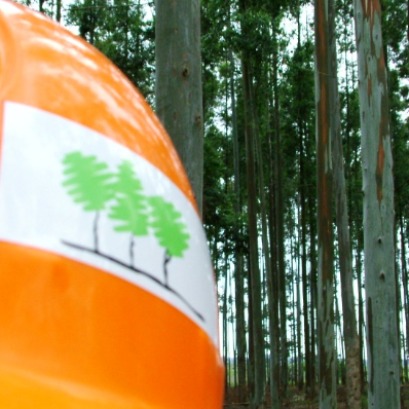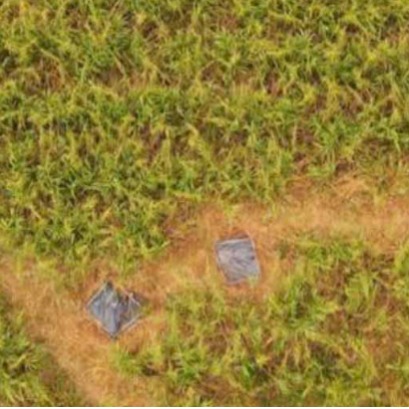
Forest pests | Study undoneing damage to the stubstant of the leaves of the eucalyptus and their associated parasitoids
Rocío Buyatti, Carmen M. Hernández, Lucas Candás and Silvia López of the National Institute of Agricultural Technology (INTA), Center for Research in Veterinary and Agronomic Sciences (Cicvya), Institute of Microbiology and Agricultural Zoology (IMYZA) of Hurlingham, Province of Good AIRES, share the results of studies that carry out for the identification and management of the pest. There are numerous species of insects, associated with eucalyptus, which are originally from Australia, and that invaded the rest of the world transforming into important pests. Among them are defoliators and stirring insects
In this article we will focus on the species of the genus Ophelimus inducing guts in eucalyptus. But what are the guts? They are anomalous structures that are developed in the tissues or organs of plants in response to the presence of certain inducing insects. Morphological and physiological both in plant tissues. Inducting insects find in the guts shelter and food. , parasitoid (which parasitate and develop at the expense of other insects) and hyperparasitoids (which parasitate the parasitoids). Actually, the group of ecology and biological control of pests of the imyza (INTA Castelar) is studying the wasps of the genus Ophelimus that They induce guts on the leaves of eucalyptus. In Argentina, at least two species of this genus have been identified. Studies are being carried out to evaluate aspects of the biology and ecology of these pest species, relevant for identification and management. The species Ophelimus maskelli is one of the most studied worldwide. In intense attacks, eucalyptus leaves are densely covered with guts and trees can have serious levels of discarding and premature fall of leaves. In 2013, the presence of O. Maskelli was reported together with its biocontroller, the closterocerus chamaeleon parasitoid in Eucalyptus camaldulensis. It has not yet been identified at the specific level, so we call it OPHELIMUS SP.I 1 mm). Likewise, the guts produced by both species differ in their external morphology which allows them to be recognized in the field. Airs, with the aim of identifying the species of the genus Ophelimus, their biocontrollers and determining their abundances.These activities are framed in a doctoral scholarship granted by CONICET to Ms. Rocío Buyatti, under the direction of Dr. Silvia López and co -direction of Dr. Carmen Hernández.
IT MAY INTEREST YOU
 Between Rivers | Everything ready for the traditional INTA Concordia and AIANER Forestry Days
Between Rivers | Everything ready for the traditional INTA Concordia and AIANER Forestry Days
The traditional Entre Ríos Forest Days, which this year celebrate their 39th edition, will take place on November 7 from 8 a.m. to 6 p.m. at the INTA Concordia facilities, located at Yuquerí Station and Railway tracks.
 The only tree in the middle of the Sahara desert that was vital for commercial and military routes
The only tree in the middle of the Sahara desert that was vital for commercial and military routes
The Ténéré Tree, a solitary acacia in the Sahara desert, became for centuries a beacon of life and reference for travelers In the vast Sahara desert, where aridity and silence dominate the landscape, there was a tree that stood alone, being a beacon of life and hope for travelers.
 Vida Silvestre and ArgenINTA promote a national consultancy for the restoration of forest landscapes in Argentina
Vida Silvestre and ArgenINTA promote a national consultancy for the restoration of forest landscapes in Argentina
The Argentine Wildlife Foundation and the ArgenINTA Foundation signed a technical cooperation agreement to begin a consultancy aimed at the Restoration of Forest Landscapes (FPR) in the seven forest regions of the country. The work seeks to generate technical and scientific inputs that guide the design of provincial and national restoration programs, in support of the implementation of Law No. 26,331 on Native Forests.





















